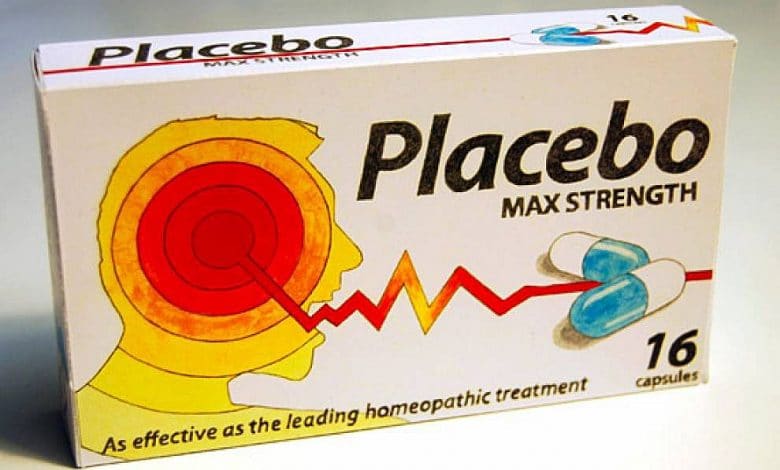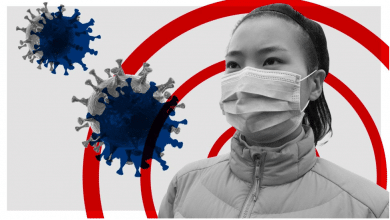
Thanks to magnetic resonance imaging, the neurons that fire when the placebo effect works have been identified. By assessing the firing intensity of "placebo neurons", scientists could in the future predict which patients can only be cured with a placebo
Of Aboutpharma Online editorial staff – October 28, 2016 – Aboutpharma
 How does the placebo effect work? The scientific community has been wondering about it for some time and recently a study published in PLOS Biology highlighted a few more elements. Thanks to the work conducted by researchers at the Northwestern Medicine and the Rehabilitation Institute of Chicago (RIC), in fact, for the first time the area where the placebo effect against pain originates has been localized in the brain. It is a part of the "frontal gyrus" which with its activity gives a tangible pain-relieving therapeutic effect to a placebo pill. The discovery opens the door to the possibility of performing an MRI to establish a priori whether a patient can be treated simply with a placebo, if his brain reacts intensely to it.
How does the placebo effect work? The scientific community has been wondering about it for some time and recently a study published in PLOS Biology highlighted a few more elements. Thanks to the work conducted by researchers at the Northwestern Medicine and the Rehabilitation Institute of Chicago (RIC), in fact, for the first time the area where the placebo effect against pain originates has been localized in the brain. It is a part of the "frontal gyrus" which with its activity gives a tangible pain-relieving therapeutic effect to a placebo pill. The discovery opens the door to the possibility of performing an MRI to establish a priori whether a patient can be treated simply with a placebo, if his brain reacts intensely to it.
Experts looked at the brains of two groups of patients with chronic knee pain due to osteoarthritis. One of the two groups was treated with a "sham" analgesic - a placebo - while the others were given a real painkiller. Magnetic resonance imaging showed that when a patient in the placebo group reported a significant reduction in pain (so when the placebo had worked well), a group of neurons lit up in the frontal gyrus which could therefore be dubbed "pain reliever placebo neurons".
To confirm the validity of this discovery, the researchers involved two other groups of patients and studied their brain reactions in response to the placebo. Just by seeing the firing intensity of the placebo neurons, the scientists could predict with an accuracy of 95% which patients would report a reduction in pain following the 'mock cure'. In this way it could really become possible to select those patients who can be treated even with a placebo alone.
Related news: Psychobiotics, the bacteria-intestine-brain interweaving





